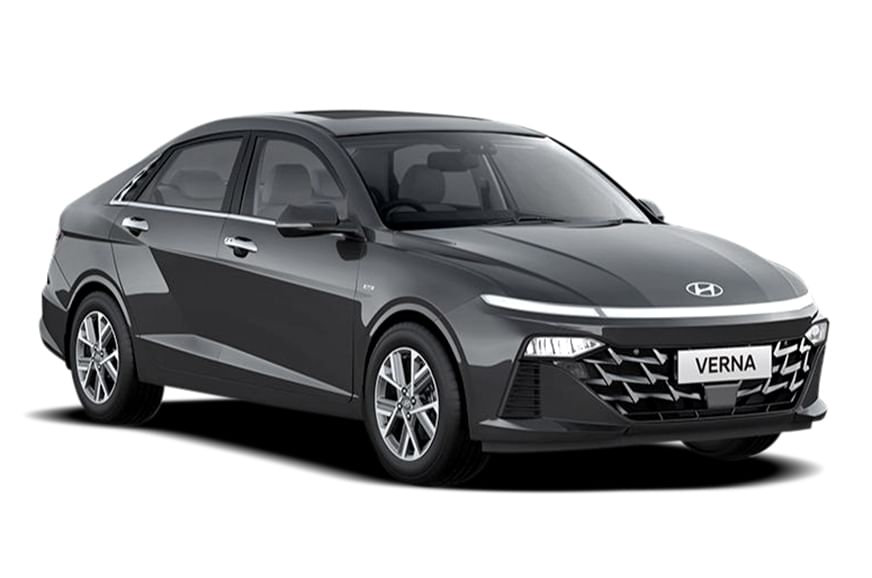Hyundai Verna Turbo DCT real world fuel economy tested, explained
Based on our real-world tests, here’s a look at the Hyundai Verna 1.5 turbo automatic’s fuel efficiency figures.
Published On May 02, 2023 11:01:00 AM
58,744 Views
Follow us onHyundai has upped its game with the new Verna to take on its midsize sedan competitors like the Honda City, Skoda Slavia, Volkswagen Virtus and Maruti Ciaz. Launched between Rs 10.90 lakh-17.38 lakh (ex-showroom), the Verna is available with two petrol engine options, both of which are available with either a manual or an automatic transmission. We put the range-topping turbo-petrol automatic version through our tests to find out how efficient it is in the real world.
- Gets three drive modes – Eco, Normal and Sport
- Auto engine stop/start cuts fuel consumption while idling
- Turbo-DCT version weighs 1,248kg
What is the real world efficiency of the Hyundai Verna turbo-petrol automatic?
The Hyundai Verna uses a new 160hp, 253Nm, 1.5-litre turbo-petrol engine, which replaces the 120hp 1.0-litre turbo version of the earlier iteration. Interestingly, this new engine is also available on the Alcazar and Kia Carens, and will also power other models such as the Hyundai Creta and Kia Seltos in the future.
In our tests, even in Eco mode (its most efficient setting), the 1.5-litre turbo-petrol engine felt light on its feet with linear responses. This led to a city fuel efficiency of 10.76kpl. The automatic engine stop-start feature also played a key role to curb fuel consumption while idling. With ample torque in reserve and linear acceleration, the Verna performs highway duties equally effortlessly and returned 16.05kpl. For reference, in seventh gear at 100kph, the Verna turbo-petrol spins at a rather easy-going 1,900rpm, thus sipping less fuel.

Autocar India’s fuel efficiency testing
Before our real-world fuel efficiency test, we fill the tanks of our test cars to the brim and maintain tyre pressures based on the manufacturer’s recommendation. These cars are driven in fixed city and highway loops, and we maintain certain average speeds. Throughout our test, there is only one person in each car, running the air con and other electricals like the audio system, indicators and wipers when required, just like how regular users would. Periodic driver swaps further neutralise variations in driver patterns. At the end of each cycle, we calculate efficiency by filling them up to the brim again.
Also read:
Skoda Slavia fuel efficiency tested
Honda City fuel efficiency tested
Copyright (c) Autocar India. All rights reserved.







.jpg?w=234&h=156&q=90&c=1)




Comments
Member Login
Personal Details
No comments yet. Be the first to comment.